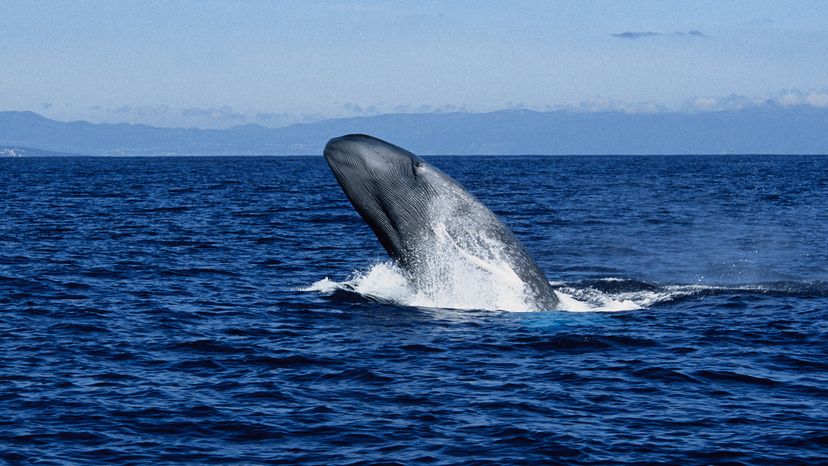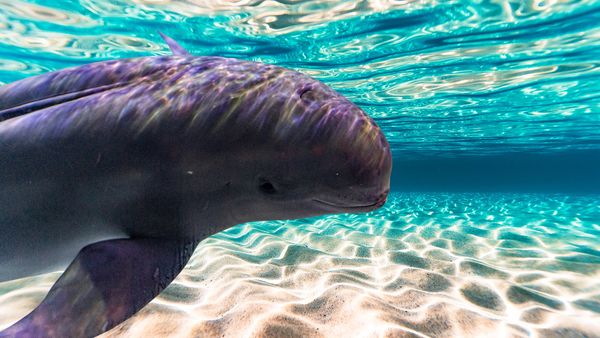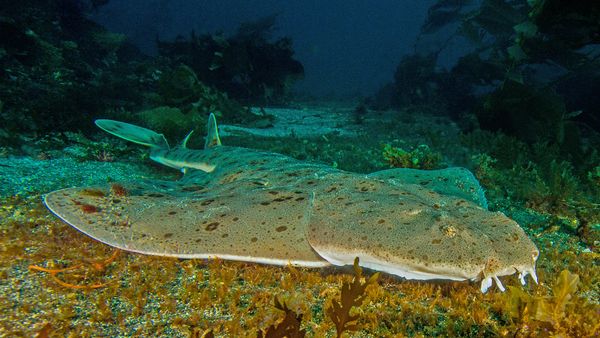The blue whale (Balaenoptera musculus) is a marine mammal and the largest animal that has ever lived. Blue whales are actually more gray than blue, but they appear blue underwater.
Blue Whale Anatomy
Blue whales weigh up to 330,000 pounds (149,686 kg) and are up to 110 feet (33.5 meters) long — that's longer than three school buses).
They are rorqual whales, a group of baleen whales with grooves in their throats that allow their mouths to expand so they can gulp large amounts of water.
Blue Whale Lifespan
Blue whales can live 80 to 90 years. The oldest blue whale on record was estimated to be 110 years old.
Like all marine mammals, blue whales give birth to live young. Female blue whales reach sexual maturity around 5 to 15 years, at which time they can start birthing the largest babies in the animal kingdom.
Blue Whale Diet
The blue whale's diet consists of krill, tiny crustaceans that they filter into their mouths through baleen plates. This filter-feeding makes the blue whale a baleen whale, a group that includes humpback whales and gray whales, among others.
Blue Whale Predators
Orca whales (killer whales) have been known to kill blue whales, even though orcas are only one-third the size of a blue whale.
Recent attacks could be a good thing: "As whales and large whales recover, we might see that these attacks become more common as that becomes a more frequent and available prey again," John Calambokidis, a blue whale biologist at Cascadia Research, told NPR.



